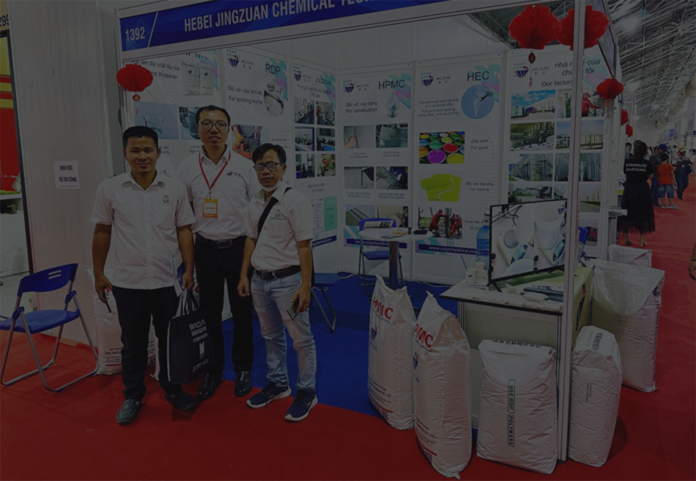
نويابىر . 16, 2024 11:27 Back to list
hpmc for gypsum plaster
The Role of HPMC in Gypsum Plaster Enhancing Performance and Versatility
Gypsum plaster has long been a preferred material in the construction industry due to its excellent finishing properties, smooth texture, and quick setting time. However, to maximize its performance and versatility, various additives have been developed, with Hydroxypropyl Methylcellulose (HPMC) emerging as one of the most effective. This article explores the significance of HPMC in gypsum plaster formulations, highlighting its benefits and application aspects.
Understanding HPMC
Hydroxypropyl Methylcellulose (HPMC) is a non-ionic, water-soluble polymer derived from cellulose. It has unique properties that make it an attractive additive in construction materials, particularly gypsum plaster. As a thickening agent, emulsifier, and film-forming agent, HPMC enhances various characteristics of the plaster, improving workability and durability.
Enhancing Workability
One of the most significant advantages of incorporating HPMC into gypsum plaster is enhanced workability. Gypsum plaster can sometimes be difficult to spread and smooth, especially in hotter climates where rapid drying can lead to cracking and uneven textures. HPMC increases the plasticity of the mixture, allowing for smoother application and reducing the risk of defects. This property is especially beneficial for professional plasterers who rely on the ease of application to achieve high-quality finishes.
Improved Adhesion
Another critical benefit of HPMC in gypsum plaster is its ability to improve adhesion. When HPMC is added to gypsum plaster, it creates a stronger bond between the plaster and the substrate. This is particularly important for applications on challenging surfaces such as previously painted walls or uneven brickwork. Better adhesion not only enhances the durability of the plaster but also minimizes the likelihood of delamination and other application failures.
hpmc for gypsum plaster

Water Retention and Setting Time
The water retention properties of HPMC are also noteworthy. In traditional gypsum plaster formulations, the water evaporates quickly, which can lead to premature setting and cracking. By adding HPMC, the water retention capacity of the mix is significantly increased. This extended open time allows for adjustments and rework during the application process, enabling professionals to achieve the desired results without the pressure of rapid drying.
Moreover, the improved water retention contributes to a more uniform curing process, ensuring that the gypsum plaster gains strength effectively. The inclusion of HPMC helps maintain optimal moisture levels, leading to enhanced performance and longevity of the finished product.
Versatility in Application
HPMC's versatility makes it suitable for various gypsum plaster applications, including residential and commercial spaces, ceilings, and decorative elements. With its ability to adapt to different environments and conditions, HPMC-modified gypsum plaster can be used in diverse settings without compromising on quality. The flexibility in formulation also allows manufacturers to tailor the properties of the plaster to meet specific project requirements.
Conclusion
The incorporation of Hydroxypropyl Methylcellulose in gypsum plaster formulations presents a myriad of advantages that enhance both the application process and the end product. From improving workability and adhesion to optimizing water retention and extending setting time, HPMC plays a crucial role in the performance of gypsum plaster. As the construction industry continues to evolve, the use of innovative additives like HPMC will remain vital in producing high-quality, durable building materials that meet the demands of modern construction practices. Embracing such advancements ensures not only superior craftsmanship but also contributes to the longevity and reliability of construction projects.
-
Versatile Hpmc Uses in Different Industries
NewsJun.19,2025
-
Redispersible Powder's Role in Enhancing Durability of Construction Products
NewsJun.19,2025
-
Hydroxyethyl Cellulose Applications Driving Green Industrial Processes
NewsJun.19,2025
-
Exploring Different Redispersible Polymer Powder
NewsJun.19,2025
-
Choosing the Right Mortar Bonding Agent
NewsJun.19,2025
-
Applications and Significance of China Hpmc in Modern Industries
NewsJun.19,2025







